Last updated on
These are the different types of materials by use in construction. Make the most of them in your projects.
Modern construction is all about using the most current materials while keeping up with changing trends in order to ensure that every project looks great and stands the test of time.
However, it can be tough to know which modern materials are best for different types of projects. From energy efficiency to longevity, there are a lot of factors at play when choosing just the right material for any given job – but don’t worry!
In this blog post, we will explore some of today’s top construction materials and how you can use them in order to get crazy good results without breaking your budget or schedule.
So read on if you want to learn more about building smarter through having access to better supplies!
What's Inside
Utilizing Concrete for Foundation Building

The foundation of any building is the most critical element to ensure the structure’s long-term stability and safety.
Among the different materials used for foundation building, concrete is an excellent choice due to its durability, strength, and versatility.
Concrete foundations have become the norm in modern construction, thanks to their ability to withstand harsh weather conditions and resist the forces of nature like earthquakes and hurricanes.
Aside from being a robust and reliable foundation material, concrete is also cost-effective and low-maintenance, making it an ideal choice for contractors and homeowners alike. Also, concrete scanning can be used to detect any hidden problems beneath the surface before you begin construction.
Utilizing concrete for foundation building has proven to be an excellent investment in any building project.
Exploring Timber Framing for Structural Support
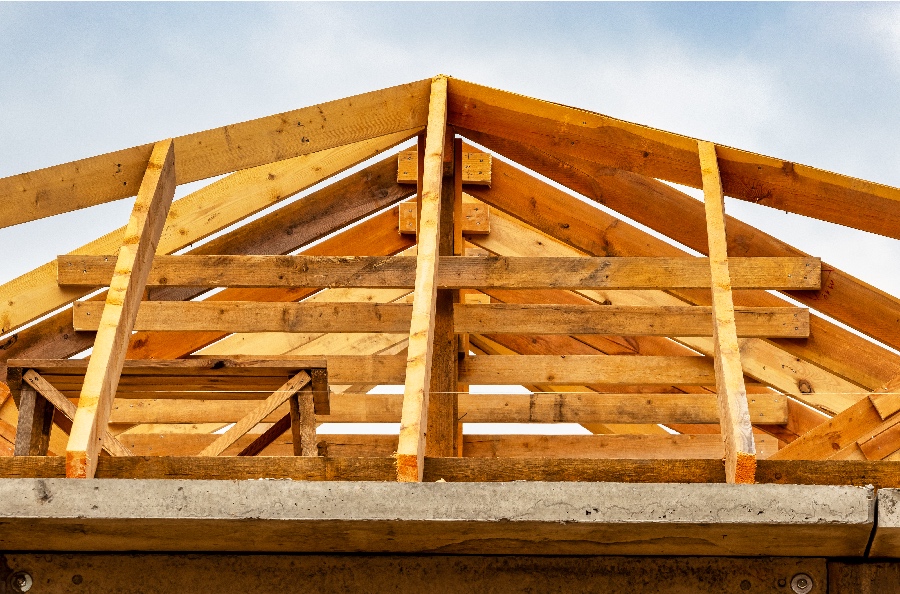
Timber framing is a traditional method of construction that has stood the test of time. In fact, it’s been used for centuries in countries all around the world.
Not only is it durable and long-lasting, but it also offers a unique aesthetic that complements any style of architecture. Timber framing involves using large, sturdy wooden beams and posts to create a framework that supports the weight of a building.
These frames can be left exposed, showcasing the natural beauty of the wood and adding warmth and character to any space.
If you’re considering timber framing for your next building project, you’ll be joining a long tradition of craftsmen who have used this technique to create some of the most beautiful and enduring structures in history.
Enhancing Durability with Steel Bracing
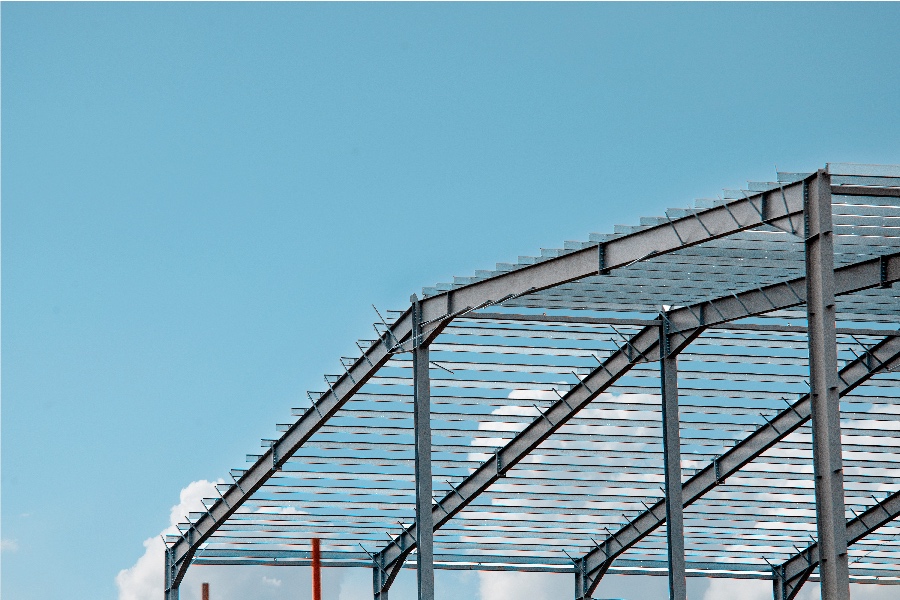
Construction has come a long way, and with newer materials come newer challenges. This is where steel bracing comes into play, as it is the perfect solution when it comes to enhancing a building’s durability.
Its strength and stability make it a popular choice among construction experts, and it can significantly improve the structural integrity of a building. Steel bracing is not only durable, but it also adds an aesthetic appeal to a building, making it a win-win scenario for architects and building owners.
Plus, it is cost-effective, making it an affordable option for those who want to enhance their building’s resistance to natural disasters and wear and tear. Thus, incorporating steel bracing in modern construction is a smart choice that can provide both durability and style.
Using Insulated Panels to Increase Efficiency
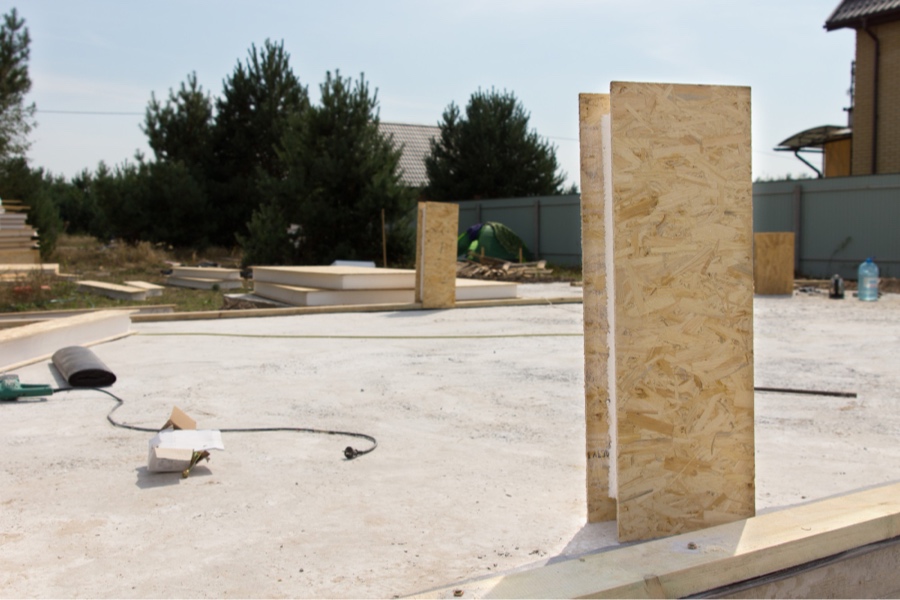
One of the best ways to increase energy efficiency in buildings is by using insulated panels. These panels are designed to keep the heat in during the winter and keep it out in the summer, which greatly reduces the amount of energy needed to maintain a comfortable indoor temperature.
Not only do insulated panels help reduce energy bills, but they also help create a more sustainable environment by lowering carbon emissions.
In addition, using insulated panels can also increase the lifespan of the building by protecting it from the elements and reducing the need for maintenance. Overall, incorporating insulated panels into building design is a smart and eco-friendly choice that can have long-lasting benefits.
Leveraging Aluminum and Vinyl Siding for Exterior Design
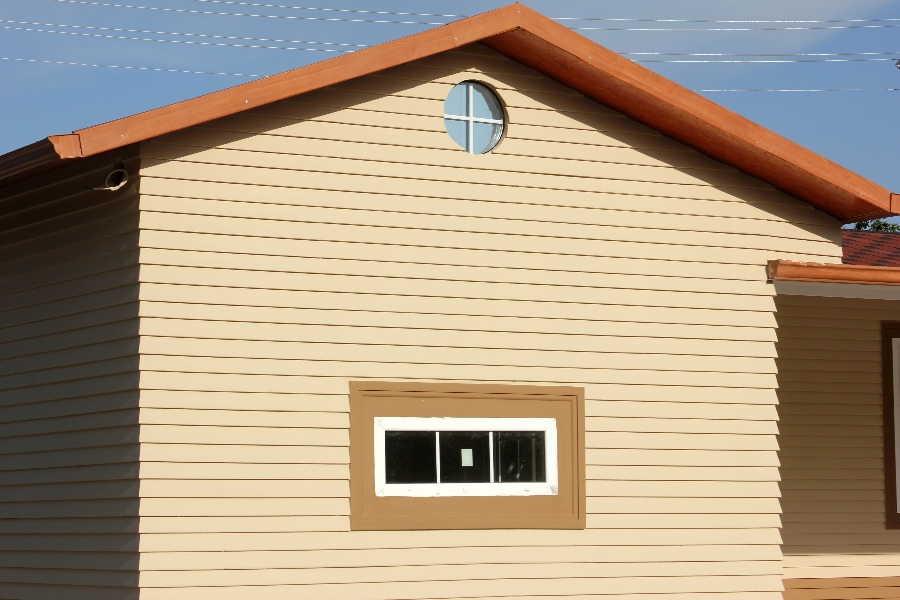
As modern architecture evolves, so do the materials we use to build and design our homes. Aluminum and vinyl siding have become increasingly popular for their durability, low maintenance, and versatile design options.
From sleek, contemporary homes to traditional-style abodes, these materials can be leveraged to create stunning exterior designs that make a statement.
The smooth finish of aluminum siding can be paired with a pop of color to create a modern, industrial aesthetic, while vinyl siding offers endless design choices with its ability to mimic a variety of textures and materials such as wood, stone, or brick.
Whether you prefer a bold and bright look or something more subdued, aluminum and vinyl siding can complement any design style, making these materials the perfect choice for your next exterior renovation project.
Incorporating Synthetic Roofing Solutions to Reduce Maintenance
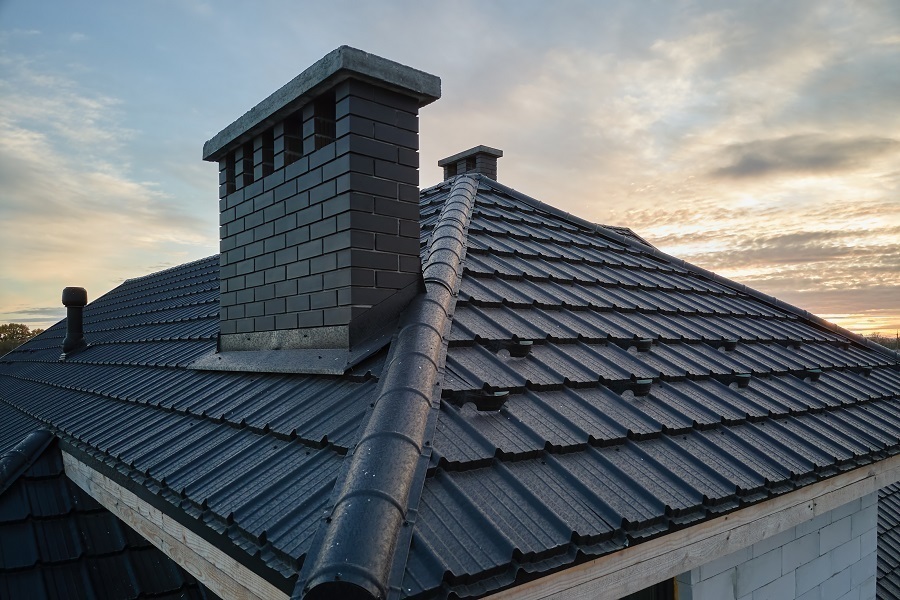
Maintaining a roof is a tedious and time-consuming task that can be burdensome, especially for building owners.
Fortunately, incorporating synthetic roofing solutions can reduce maintenance and provide a long-lasting alternative to traditional roofing materials. Synthetic roofing solutions are durable, lightweight, and resistant to impact, fire, and UV rays.
They are also eco-friendly, featuring a high percentage of recycled content, which reduces the impact on the environment.
With a variety of colors and textures available, synthetic roofing solutions can effortlessly mimic natural roofing materials.
Consequently, they provide a cost-effective, low-maintenance solution for any building owner looking to make their roof look great and last long.
With so many options available to builders today, there is no limit to the possibilities. Utilizing concrete for foundation building, exploring timber framing for structural support, enhancing durability with steel bracing, and using insulated panels to increase efficiency are only a few of the options available when constructing a structure from the ground up.
Aluminum and vinyl siding can provide a pleasing aesthetic that is attractive and long-lasting, while synthetic roofing solutions reduce maintenance substantially.
The best way to ensure the highest quality results is by enlisting the help of an experienced contractor who understands how these materials come together to create perfect harmony in any type of construction or renovation.
With their help, you can build a structure that stands out from the crowd and provides years of reliable performance.




